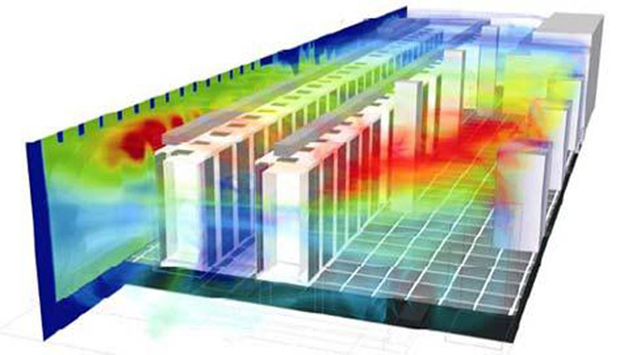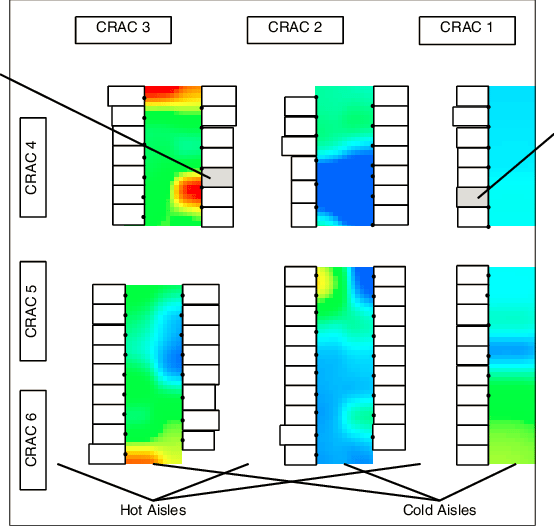Menu
- 130 King Street West, Suite 1800
- P.O. Box 427
- Toronto, ON, Canada M5X 1E3
- (416) 865-3392
- info@triparagon.com
Capacity Management is a process that enables a Data Centre Manager to measure the consumption of resources and establish remaining infrastructure capacity availability while managing risk.

Managing cooling has grown in importance as enterprises have become increasingly dependent on maintaining uptime for critical applications and services. Understanding cooling in the Data Centre environment is critical to knowing how many more servers, storage units, or switches a Data Centre can effectively absorb before additional space is needed.

Existing cooling ecosystems are unlikely to be aligned with specific racks and are more likely to be associated with blocks of racks or the entire room. It is important to not only understand the specific rack cooling demand and capacity, but also the aggregate demand placed on existing cooling infrastructure by multiple racks. A status of available vs used cooling supply is essential at rack, aisle, or room level to ensure no delays in equipment deployment or down time.

Available cooling supply can be determined by knowing:
(1 – (2+3) = 5)
(5 + 4) = Total Available Capacity
There are several surveys and reports that suggest many Data Centers will hit a “cooling capacity bottleneck” reaching the maximum cooling capacity where the available capacity has been utilized.

To avoid “hitting the cooling wall” and ensuring you are using the total available capacity effectively perform the following steps in an operating data centre to identify the Total Available Cooling Capacity and establish a baseline for each cabinet, row, and room:
Primary benefits typically include deferred acquisition of additional data centre space and lower operating costs.